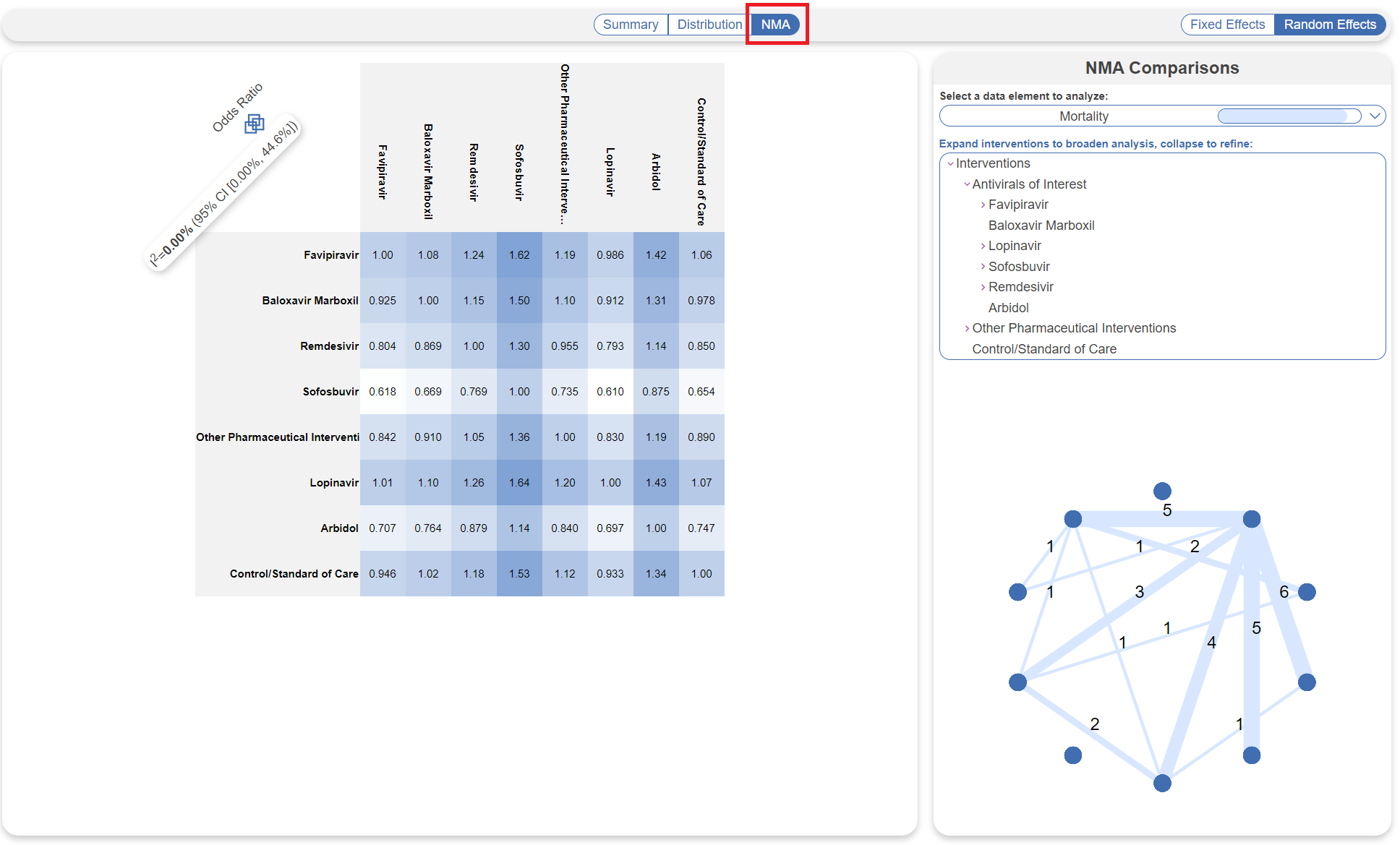The main components of a manuscript are Title Page, Abstract, Introduction, Methods, Results, Discussion, and Limitations. Each section of the paper must address specific points. It is important to focus on these specific points and not have excess verbosity which makes the manuscript harder to read. We will break down what information needs to be added to make a streamlined and complete manuscript.
The title page includes the author’s information with names and institutional information. Journal formatting criteria will mention other title page requirements, so make sure to follow your selected journal’s requirements. The abstract is the first section of the page after the title page has been written – it includes a shortened version of the entire manuscript.
Examples #
Quantitative Meta-analyses #
Impact of balloon guide catheter on technical and clinical outcomes: a systematic review and meta-analysis PDF
Qualitative Systematic Reviews #
Efficacy and safety of lopinavir/ritonavir in the treatment of COVID-19: A systematic review PDF
Abstract #
Introduction: #
- Include a purpose statement
Methods: #
- First sentence = “A systematic literature search was performed using PubMed, XX, and XX databases to identify studies up to [DATE] that examined XXXX.
- State the outcome of interest.
Results: #
- First sentence = “A total of ## studies consisting of ### patients were included in the meta-analysis.”
- State the major results of the outcomes of interest, the same order they are presented in the Methods section. Mention any significant findings.
Conclusion: #
- State the major significant (if any) findings of the study.
Introduction #
- Begin with one paragraph of background information from the current literature in your subject of interest.
- The final sentence of the introduction should be the purpose statement. Ex: “Here, we performed a systematic review and meta-analysis with the purpose of identifying XXX.”
Methods #
- The first sentence of the methods section should state, “A systematic literature review was performed to identify studies that examined XX.”
- List the searched databases, the search terms, that include Boolean operators, and the date(s) of inclusion of the studies.
- List the exclusion criteria for articles that were not included in the literature search. Examples include, “not a Randomized Controlled Trial”, “patient population was pediatric”, “the article was a letter to the editor”.
- List the primary outcomes of interest.
Statistical Analysis: #
- Discuss the methods and type of Critical Appraisal assessment that was used. As well as the statistical methods used to perform the network meta-analysis, if completed.
- In the Quantitative Synthesis tab, the Network Meta-Analysis infographic will appear inside the software.

This NMA can be found here: https://nested-knowledge.com/nest/quantitative/212
Results #
Inserting Your PRISMA Flow Chart #
Nested Knowledge creates a PRISMA flowchart that you can include in your publication. It will summarize the number of articles that were screened and fulfilled the search criteria. Viewing Your Nested Knowledge PRISMA chart
Subsections for results of each outcome of interest #
- Cite all tables and figures that represent the outcomes of interest.
- State all significant findings along with the statistical analyses.
- Include a Critical Appraisal section if necessary.
Discussion and Limitations #
- Keep the discussion brief and to the point.
- In the first paragraph, explain the major takeaway of the study. Ex: “Here, we performed a meta-analysis of studies that examined XX. We found that XX.”
- Put the study findings in context within the current literature. Mention any relevant, large, prospective studies or randomized controlled trials (RCTs).
- The limitations section should address anything that may hinder the strength of the statistical analysis.

